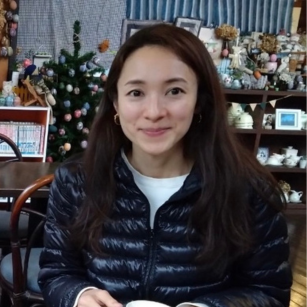Citizen Voice, a project exploring the potential role of the arts in dialogues between environmental activists and policy actors in West Africa, has this week released a song co-created by activists, civil society representatives and policy actors in Mali.
The Arts and Humanities Council (AHRC) funded project aims to explore whether artistic endeavours can prompt a new kind of communication between the involved groups, with the view to work together to find more effective responses to environmental challenges.
During 2021, the project held workshops in Mauritania, Mali and Senegal, exploring how different stakeholders can work together on creative activities in response to shared challenges. The goal was to overcome traditional roles and hierarchies and focus instead on co-creation and mutual understanding, particularly around environmental issues.
In a workshop in Bamako, Mali, the musician Mariam Kone convened a group of activists, civil society representatives, and policy actors to write lyrics to a song about care for the environment. Mariam is a well-known Malian singer, songwriter and performer, former member of the rap groups Pacifique de Kati and Amazones d’Afrique, and winner of the popular talent contest Talents de la cité. Mariam transformed the words and the tunes drafted in the workshop into the track ‘Mon terre, ma planete/ My earth, my planet’.
Those contributing to writing the lyrics of the verse included two visual artists, Férimata Diakité and Mariam Diarra. They were joined by participants far less accustomed to using the arts in their everyday work. This included two social science researchers, Lansine Sountoura and Moussa Coulibaly, from partner organisation Research Group in Applied and Theoretical Economics. They were joined by Mamoutou Kone, from the National Agency for Sustainable Environment and Development, and Ibrahim Ag, an agricultural engineer from the Rural Polytechnic Institute of Katibougou.
Mariam’s experience as a teacher was crucial to put participants at ease and enable them to complete this unusual policy workshop activity. Early in the day the lyricists drew some sketches in which they aimed to convey brief ideas about environmental responsibility. This acted as a warm-up exercise and helped to set the tone as they went on to create lyrics together.
The lyrics of the chorus were drafted in French so that they would resonate across Francophone West Africa. Mariam has added verses in the Bambara language, a major national language in Mali, further expressing the connection of the environment to the identity of people who live within it. Another element that speaks to this theme is the use of the traditional djembe drum, which speaks out between the sung verses.
The verses of the song are directives on ways people can protect not only the environment, but also each other. Words such as: ‘my environment, my passion; my forest, my life’ convey the idea that the wellbeing of people and planet are intertwined and express a very general idea of how care for the environment is integral to human wellbeing.
The Citizen Voice project will now gather reactions to the song, and the process of making it, from the authors and project participants in Senegal and Mauritania as well as Mali. The researchers will be keenly watching the reaction to the YouTube video, as well as through a Facebook community developed to connect the participants from the three study countries.
Research on whether such artistic endeavours can reframe communication between policy actors and citizens, and its implications, remains ongoing and will continue to be explored in a new project AHRC funded project, the ‘Pan African Network for the Arts in Environmentally Sustainable Development’.
Photo credits used in the video
Mali countryside/Rikstill/flickr
Landscape of Mali/Curt Carnemark/World Bank
An aerial view of cattle near Ansongo, in eastern Mali/UN
An aerial view of the area surrounding Ménaka, in eastern Mali/UN
Grasslands in Mali/Curt Carnemark/World Bank
Riu Níger in Mali/Eduard Garcia
Mali, Bamako, Rue 249/ Vincent van Zeijst

